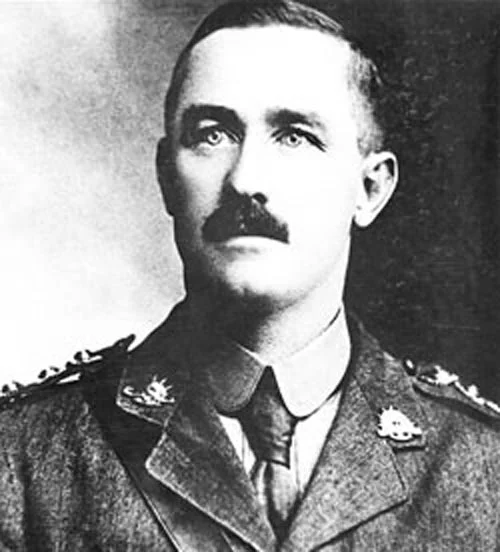The Battle of Lone Pine
In the early days of World War I, British and French forces launched an assault on the Gallipoli Peninsula, between Turkey and Greece, with the ultimate intention of taking Constantinople (modern Istanbul). The campaign turned out to be a large-scale disaster, with plenty of logistical snafus and military blunders dooming it to failure. However, it served as a showcase for the prominence of the Australian and New Zealand Army Corps, also called ANZAC.
One of ANZAC's most renowned battles from the Gallipoli campaign was the Battle of Lone Pine, in which the Australian 1st Brigade captured a Turkish strongpoint on August 6, 1915, and then, reinforced by the 7th and 12th Battalions from the 2nd Brigade, they held it for three days of constant counterattacks by a steadily increasing Turkish force. The 7th Battalion in particular took severe casualties, reducing their original size from 670 men to just 320.
A small contingent eight men from the 7th defended a section of the battlefield called Goldenstedt's Trench. The Turks assailed their position by hurling wave after wave of hand-held bombs into the trench. The men of the 7th continued to fire as they essentially played a game of hot potato with the incoming grenades, tossing them back to their attackers as quickly as they could. Over time, they missed a few—one man had his hands blown off, another had a grenade explode in his face, and one of the men, Lt. Frederick Tubb of Longwood, Victoria, was wounded in the arm and the top of his head as the blasts blew down protective wall of sandbags.
Lt. Frederick Tubb
The defenders continued to suffer casualties until only Tubb and Corporals Alexander Burton and William Dunstan remained. Tubb provided cover with his revolver while Burton and Dunstan rebuilt the wall. They held out for some time, but eventually a bomb burst in the middle of camp, killing Burton and blinding Dunstan. Tubb continued to fight for as long as he could, and just before he was overrun, reinforcements arrived and the Turks retreated from Goldenstedt's Trench.
Tubb recovered from his injuries, and insisted on returning to duty. After being promoted to Major, he participated in the 3rd Battle of Ypres, during which he was wounded by a sniper and, while being evacuated, was caught in artillery fire and killed. Dunstan remained blinded for almost a year but eventually recovered his eyesight; he became a newspaperman and lived until 1957. All three of the last remaining men of Goldenstadt's Trench were awarded the Victoria's Cross for their gallantry, Burton's being awarded posthumously.
"The Battle of Lone Pine" by Frederick Leist, 1921
Links and Sources:
"Australia's Highest Military Honour: The Victoria Cross" by Emma Beth, retrieved March 8, 2012.
"Corporal Alexander Burton, Corporal William Dunstan and Lieutenant Frederick Tubb", by the Australian Government Department of Veteran's Affairs, on Researching Australians at Gallipoi and Australians at War, retrieved March 8, 2012.
"Frederick Harold Tubb", by H. Murray Hamilton, on the Australian Dictionary of Biography, retrieved March 8, 2012.
Painting of the Battle of Lone Pine is from VCs of the First World War: Gallipoli, by Stephen Snelling, Stroud, 1995, page 157.
Photo of Lt. Frederick Tubb is by an unknown photographer, and was probably taken in England while he was healing, but before he received his medal. Taken from the ANZAC website.
Painting "The Taking of Lone Pine" by Frederick Leist, 1921, is in the public domain.
"Grenades at Gallipoli" © 2015 by James Husband.



